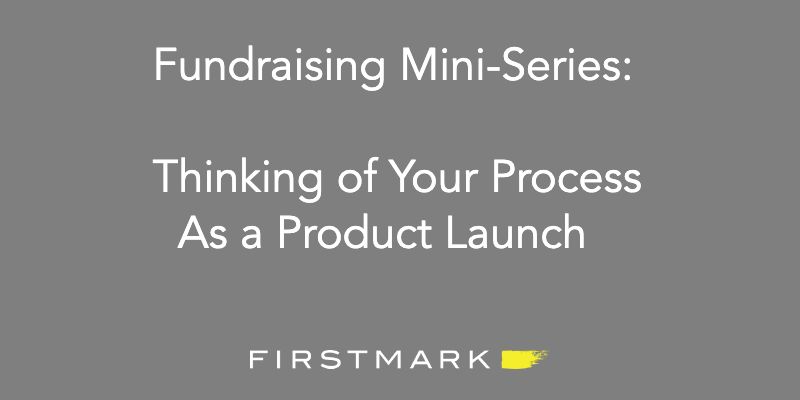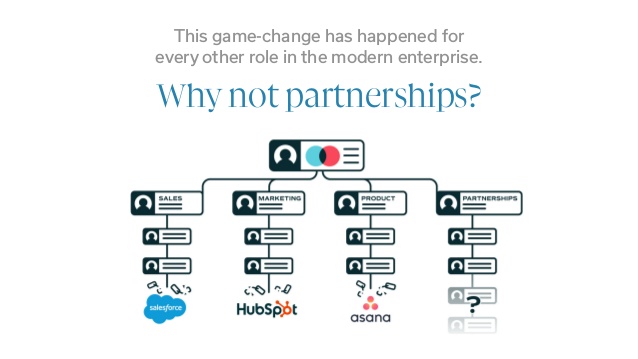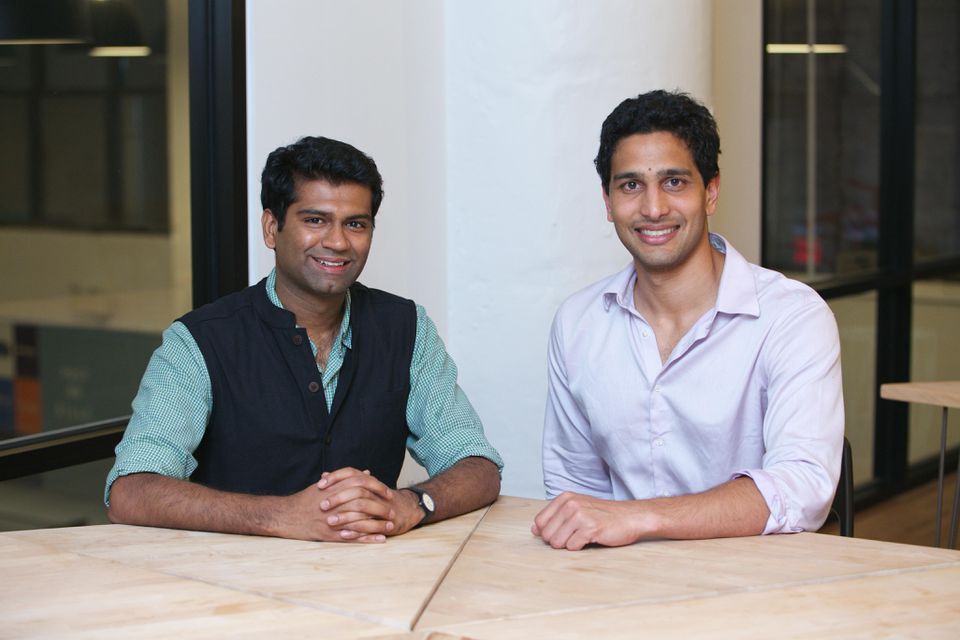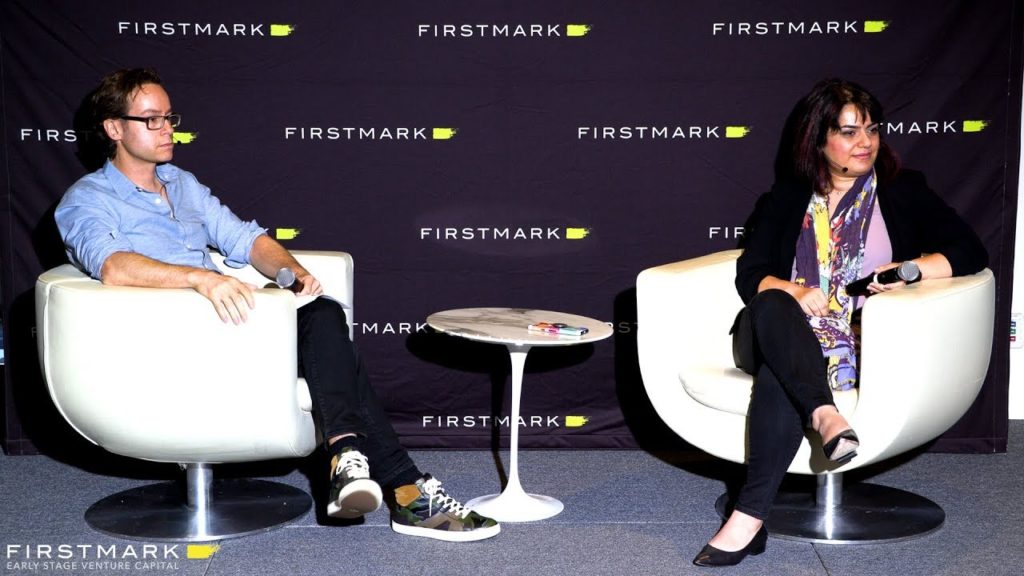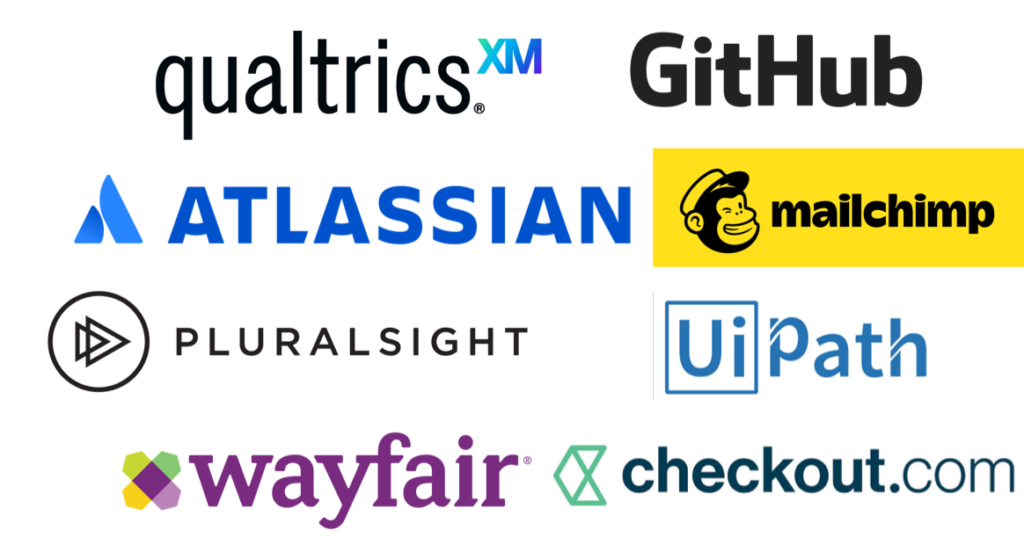It has been another intense year in the world of data, full of excitement but also complexity.
As more of the world gets online, the “datafication” of everything continues to accelerate. This mega-trend keeps gathering steam, powered by the intersection of separate advances in infrastructure, cloud computing, artificial intelligence, open source and the overall digitalization of our economies and lives.
A few years ago, the discussion around “Big Data” was mostly a technical one, centered around the emergence of a new generation of tools to collect, process and analyze massive amounts of data. Many of those technologies are now well understood, and deployed at scale. In addition, over the last couple of years in particular, we’ve started adding layers of intelligence through data science, machine learning and AI into many applications, which are now increasingly running in production in all sorts of consumer and B2B products.
As those technologies continue to both improve and spread beyond the initial group of early adopters (FAANG and startups) into the broader economy and world, the discussion is shifting from the purely technical into a necessary conversation around impact on our economies, societies and lives.
We’re just starting to truly get a sense of the nature of the disruption ahead. In a world where data-driven automation becomes the rule (automated products, automated cars, automated enterprises), what is the new nature of work? How do we handle the social impact? How do we think about privacy, security, freedom?
Meanwhile, the underlying technologies continue to evolve at a rapid pace, with an ever vibrant ecosystem of startups, products and projects, heralding perhaps even more profound changes ahead. In that ecosystem, the year was characterized by the early innings of a long expected consolidation, and perhaps a passing of the guard from one era to another as early technologies are starting to give way to the next generation.
Continue reading “A Turbulent Year: The 2019 Data & AI Landscape”
